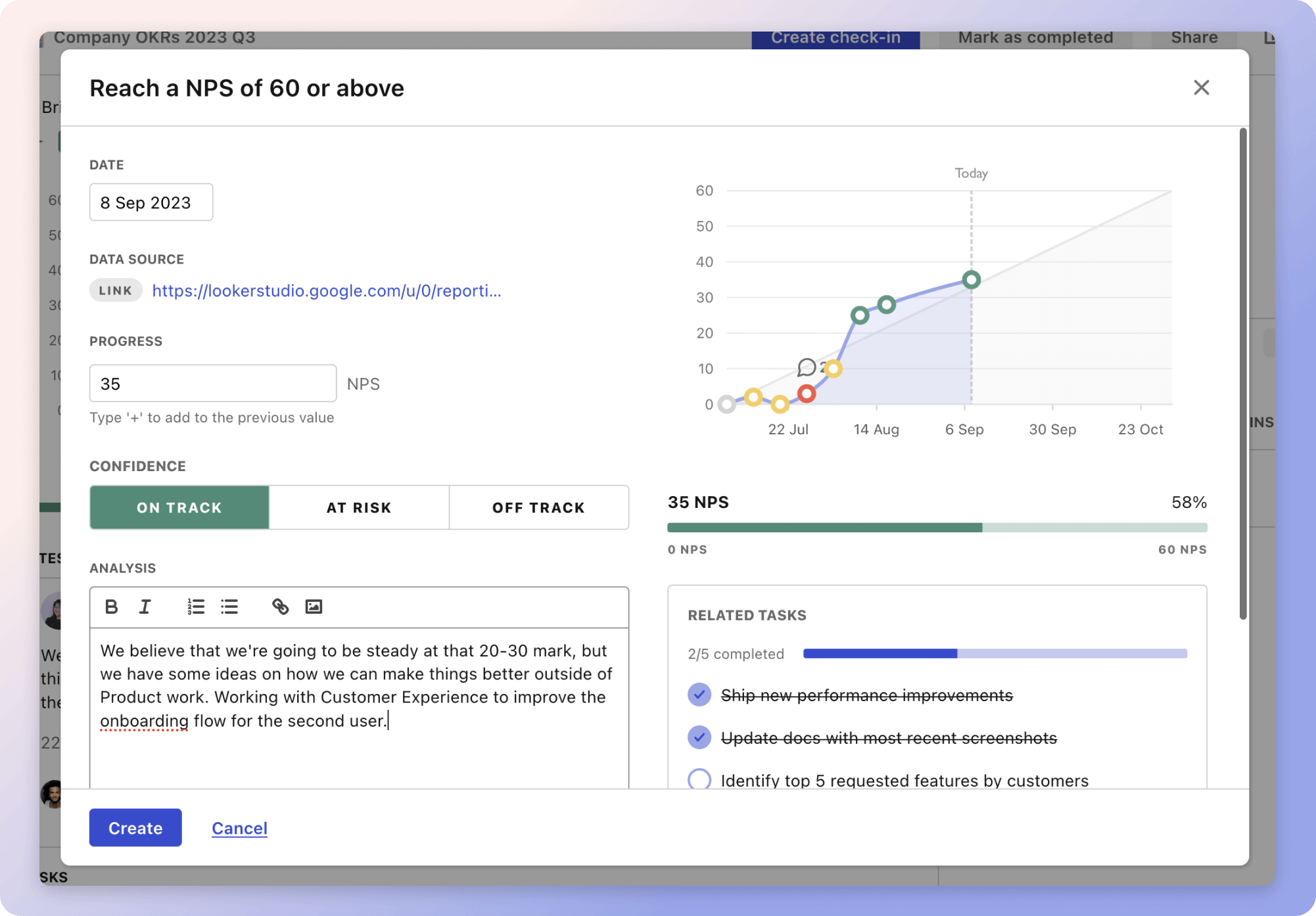The strategy to build a multimedia chef brand involves three main components: developing a unique culinary persona, creating and pitching content to media outlets, and planning engaging live events. The first component emphasizes distinguishing oneself by identifying a unique culinary style and voice. For example, a chef might develop signature dishes and actively engage on social media to create a dedicated fan base. Partnering with influencers and participating in competitions are other ways to gain visibility.
The second component involves crafting tailored pitches for television networks, radio stations, and publishers. Chefs can create sample content like video demos or book excerpts, which can be leveraged for opportunities once they secure media appearances. Engaging with media professionals and possibly seeking talent agency representation can be crucial.
Finally, planning live events such as cooking demonstrations and workshops allows chefs to connect with their audience on a personal level. Designing interactive experiences, co-hosting with local culinary schools, and using social media for promotion are key. Offering exclusive merchandise or collecting feedback during these events helps build a strong community around the chef's brand.
The strategies
⛳️ Strategy 1: Develop a unique culinary persona
- Identify your unique culinary style and voice that differentiate you from other chefs
- Create a personal brand statement that reflects your unique qualities and values
- Develop signature dishes that showcase your culinary style
- Build a compelling portfolio showcasing your work and expertise
- Regularly update and maintain a professional website featuring your persona
- Engage with followers on social media platforms to build an audience
- Partner with influencers who align with your culinary style to increase visibility
- Participate in cooking competitions to gain publicity and credibility
- Seek testimonials and endorsements from well-known chefs or culinary institutions
- Continuously refine your skills and knowledge to remain impressive and relevant
⛳️ Strategy 2: Create and pitch content to media outlets
- Research television networks, radio stations, and publishers that align with your brand
- Develop a list of potential shows, stations, and publishers to approach
- Prepare a professional pitch deck tailored to each medium, highlighting your unique selling points
- Create sample media content such as video demos, podcast episodes, or book excerpts
- Reach out to media producers and editors with personalised pitches
- Network with media professionals at industry events and seminars
- Offer free demonstrations or guest spots to showcase your talents initially
- Seek representation through a talent agency that works with culinary professionals
- Solicit feedback and refine your pitches based on responses
- Leverage successful appearances or publications to secure further opportunities
⛳️ Strategy 3: Plan and execute engaging live events
- Research venues that are suitable for hosting live culinary events
- Design interactive and themed cooking demonstrations or workshops
- Build partnerships with local culinary schools or food brands to co-host events
- Create marketing materials and social media campaigns to promote the events
- Employ ticketing platforms to manage and sell event tickets effectively
- Develop a script or guideline to ensure events are professional yet entertaining
- Engage with attendees before, during, and after events to build a community
- Offer exclusive merchandise or signed cookbook copies at events
- Collect and analyse attendee feedback to improve future events
- Document events with high-quality photos and videos for promotion
Bringing accountability to your strategy
It's one thing to have a plan, it's another to stick to it. We hope that the examples above will help you get started with your own strategy, but we also know that it's easy to get lost in the day-to-day effort.
That's why we built Tability: to help you track your progress, keep your team aligned, and make sure you're always moving in the right direction.

Give it a try and see how it can help you bring accountability to your strategy.
